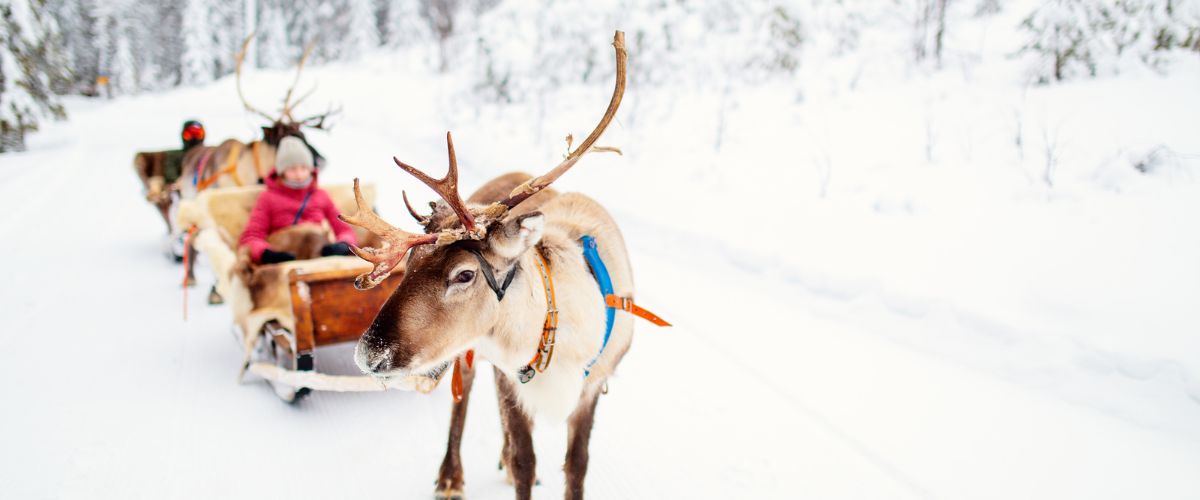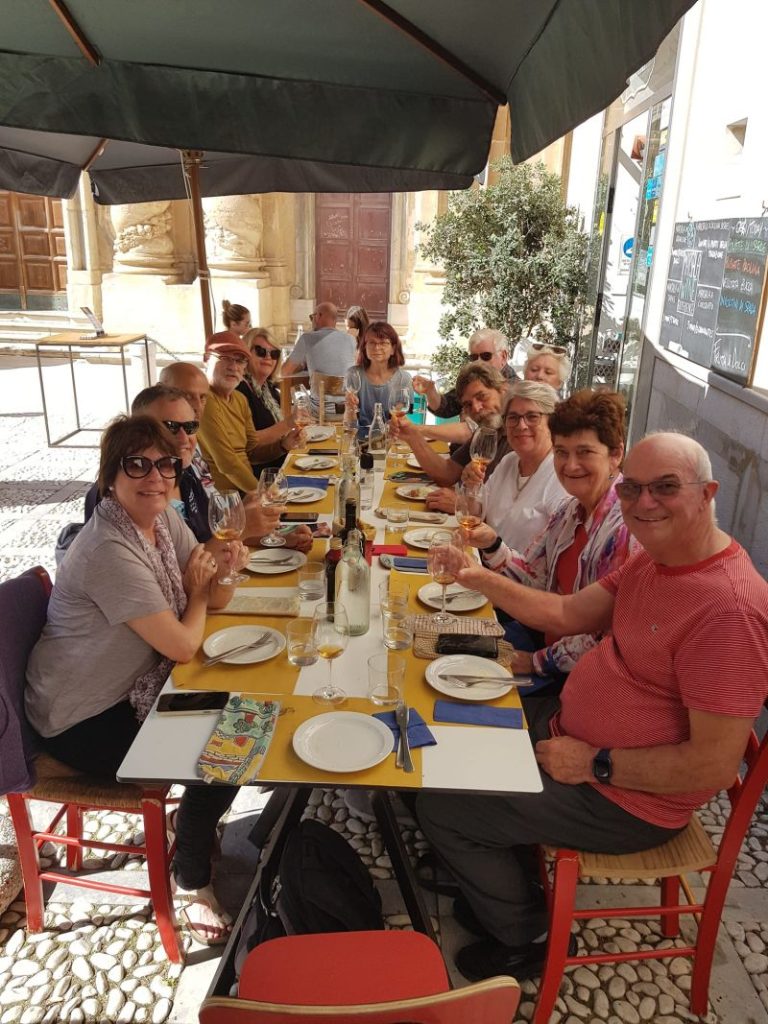
Ciacco Putia in Marsala
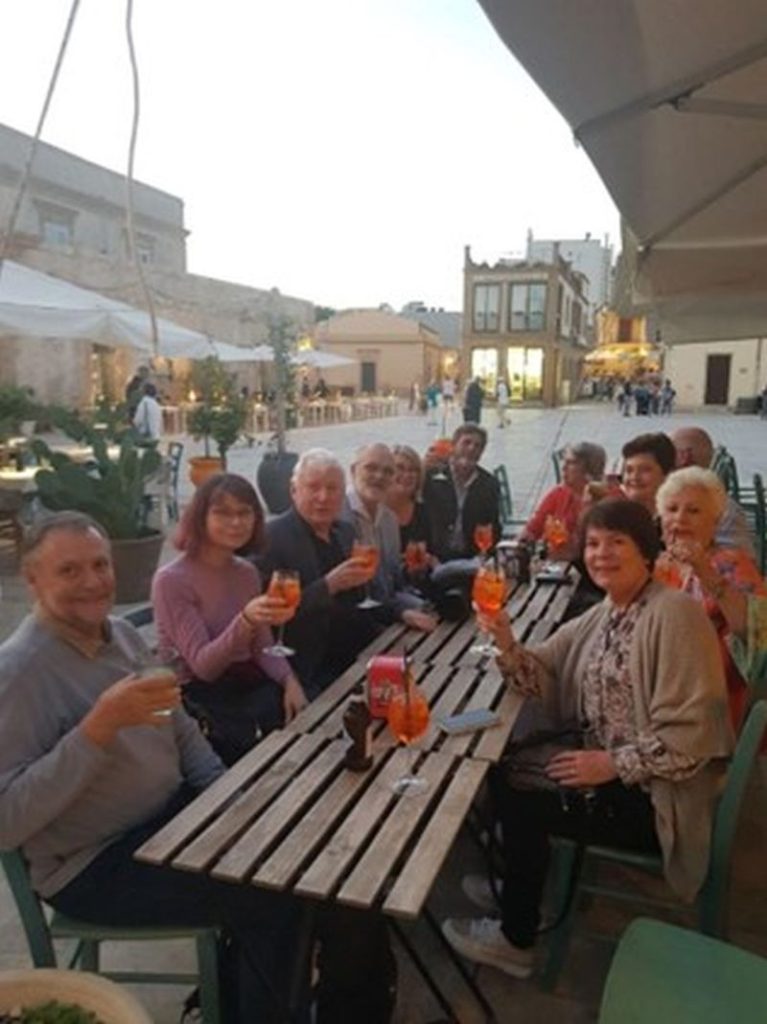
Ciacco Putia in Marsala
In two weeks, we travelled not only to the three corners of the island (including two Aeolian islands) but we also travelled through time – across 3000 years of history, from the Greeks to the Spanish, via the Arabs and the Normans. We uncovered the Sicilian social ladder, met farmers in Palazzolo Acreide, as well as the aristocracy in Palermo.
We explored different styles of eateries, from the putias (wine and food shops) in Marsala to the unforgettable experience at Marzamemi with a meal that almost looked like it was painted with food and presented like a play.
We tasted at least 6 grape varieties during our journey, from the Nero d’Avola to the volcanic wines of the Etna, from the Marsala wine to Salina’s Malvasia, and I can comfortably say that everyone was pretty impressed with the local grapes and diversity on an island considerably smaller than Tasmania.
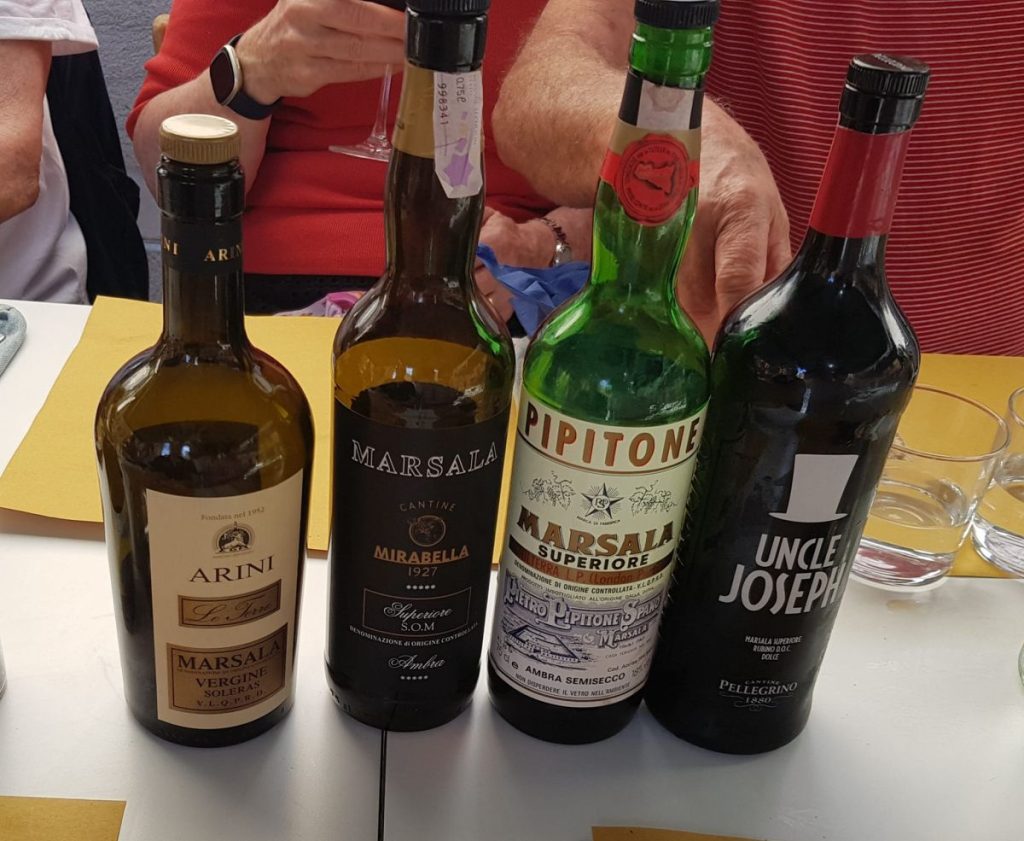
Aperitivo in Marzamemi
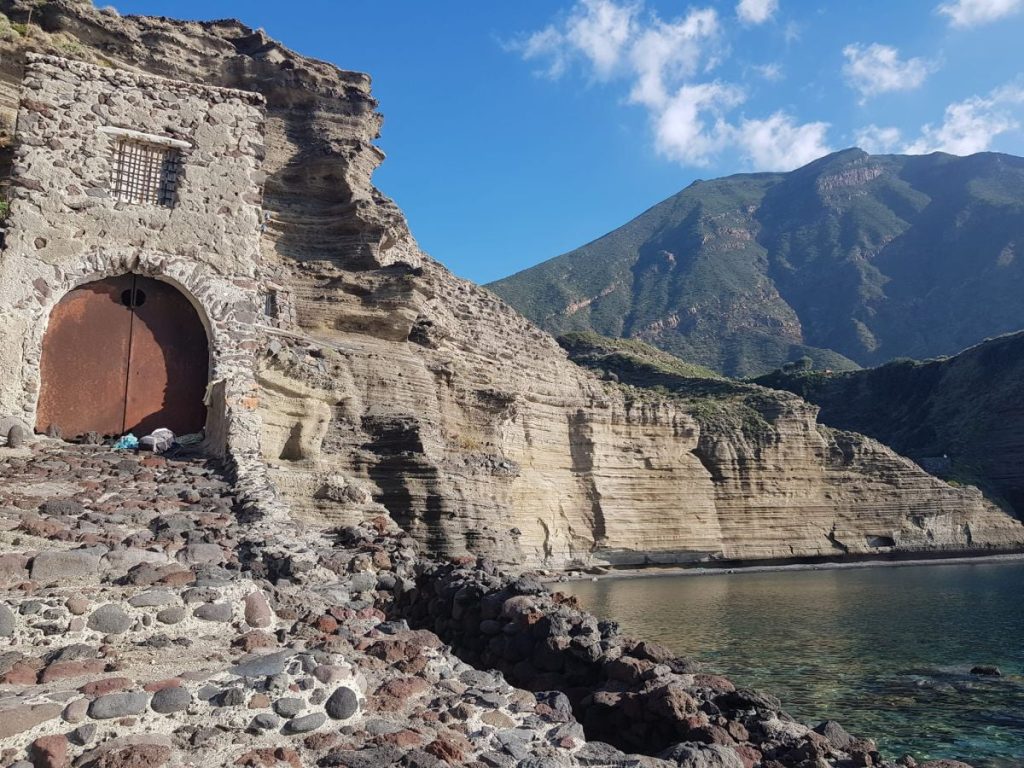
Crystal clear water in Pollara
We have been up rocky mountains and along coastal drives with the turquoise waters as a backdrop, we saw two volcanoes on two different islands. We crossed paths with the now rare black pig of the Iblei mountains as well as an even rarer species, one of the 200 sperm whales left in the Mediterranean, that hung out with us in front of Stromboli.
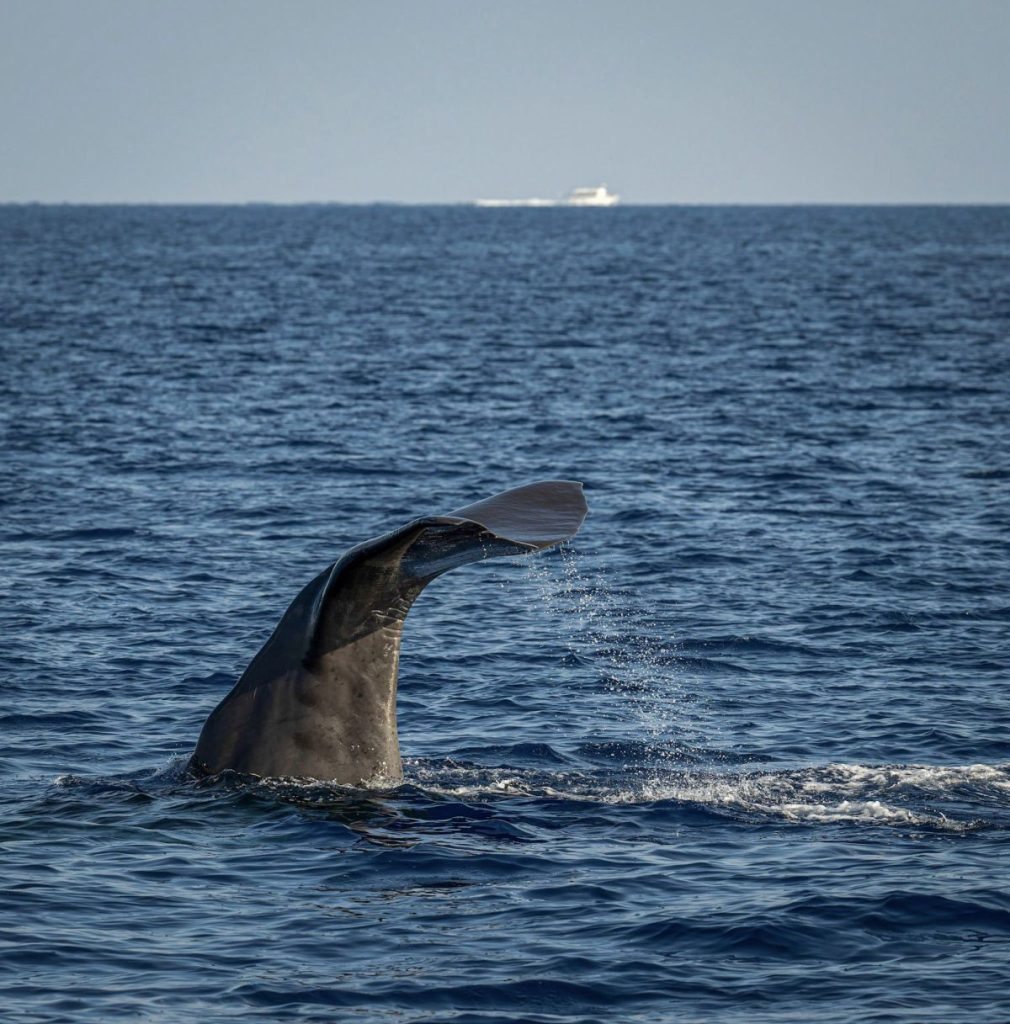
Image credit: Geoff Richmond.
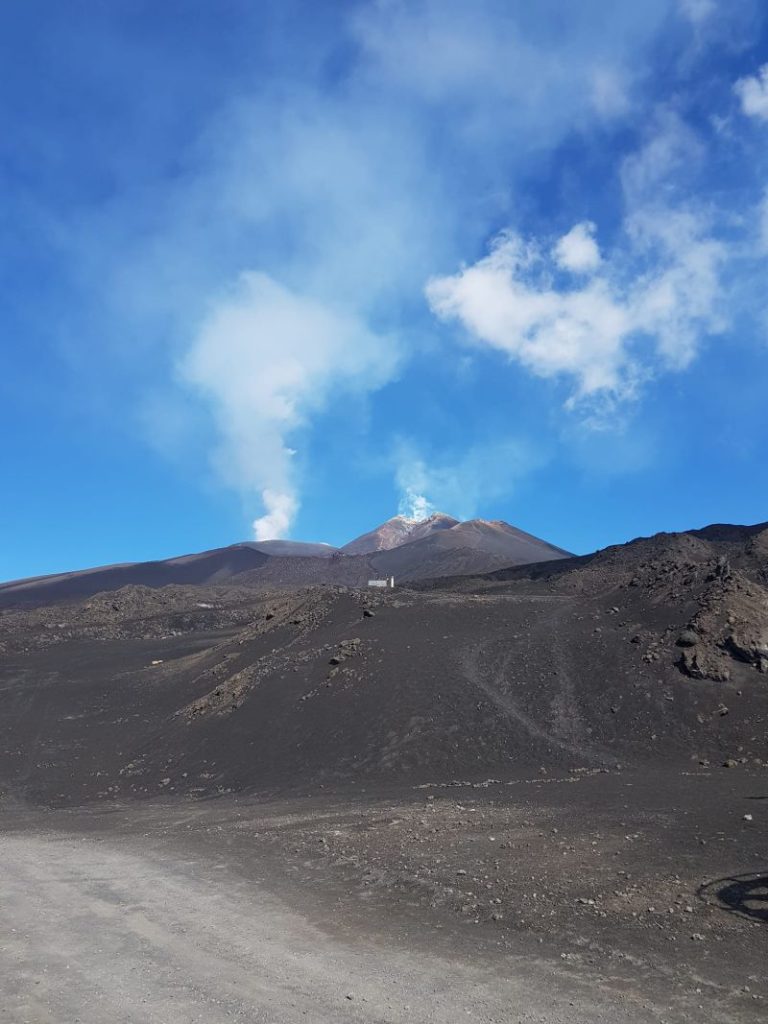
Etna volcano
Too many colours and tastes to recollect them all in one page, the pistachio pesto with burrata pasta in Bronte the pistachio capital of the world, the 3-course meal paired with different Marsala wines in Marsala, the colours of fresh produce in Syracusa and Palermo markets. The black of the volcanic soil on the Etna, in stark contrast to the white mountains of salt that fill the Trapani and Marsala coastline, the red of the Nero d’Avola and the green of the pistachios in Bronte.
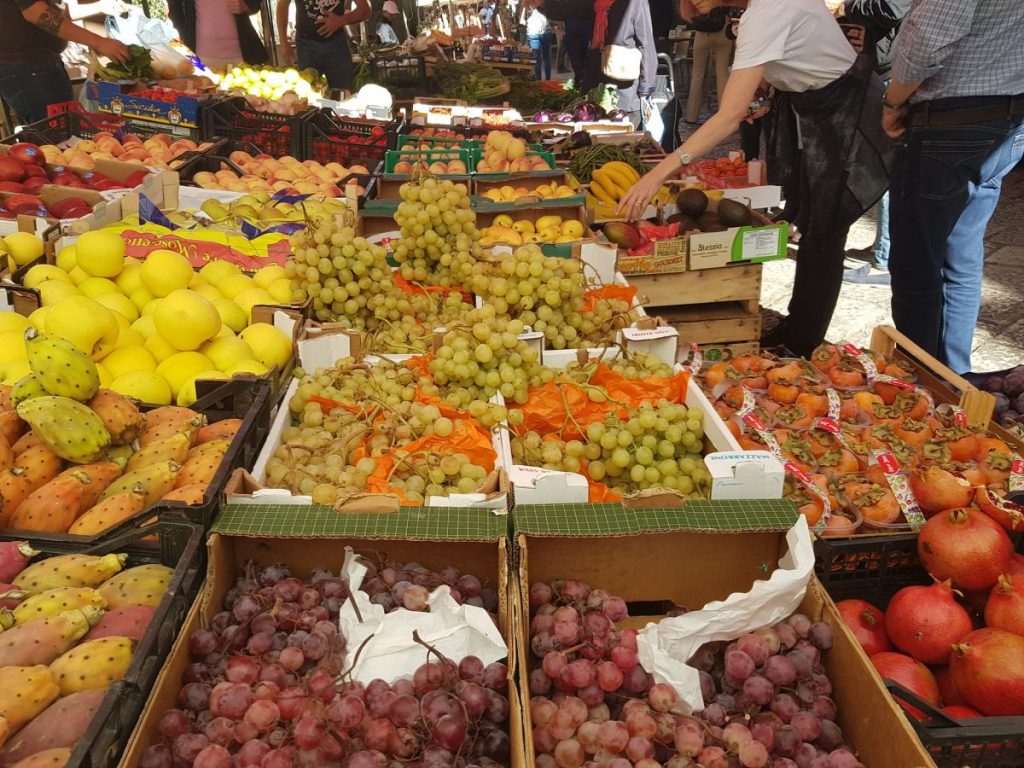
Palermo market
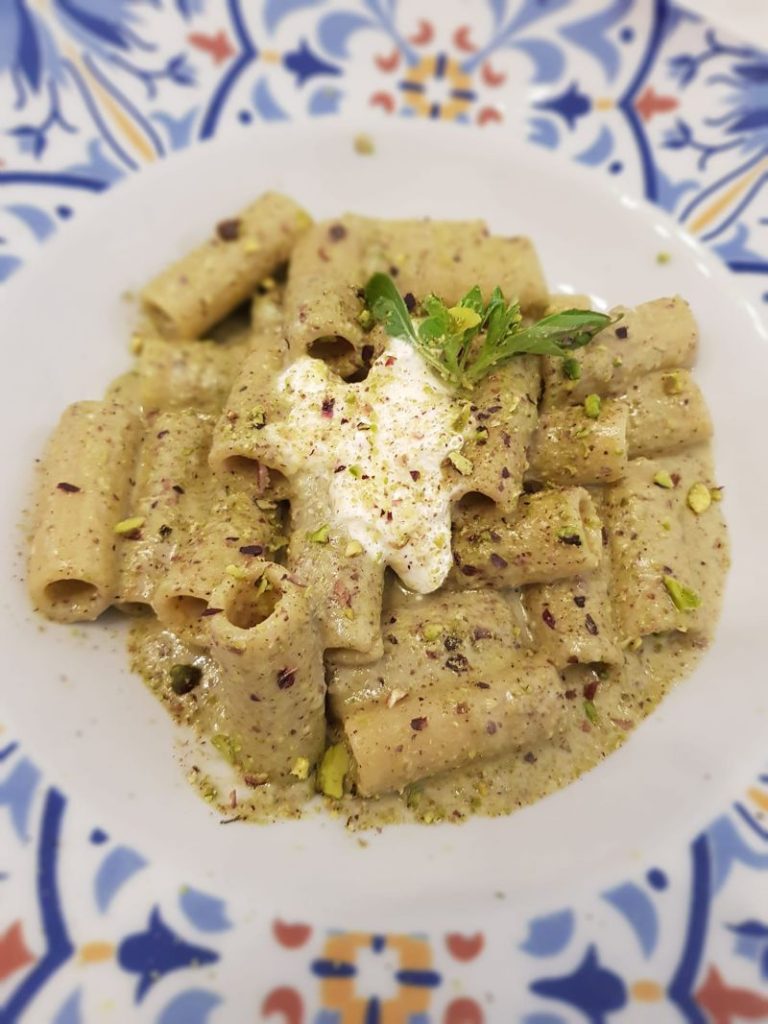
Pistachio pesto and burrata pasta
And what to say about the people of Sicily? Just like all other Mediterranean cultures, the Sicilians are extremely welcoming, extremely proud of their culture and history, generally very tolerant of different cultures, but living with an ingrained fear that their guests might go home NOT stuffed like a turducken, and tell their friends that in Sicily they don’t feed you enough.
This is probably one of the main drawbacks with this destination, in the Sicilian mind “small quantities of food” is an incomprehensible sentence. I did come home 10 kg heavier, but I can happily say that if I could go back, I would eat it all over again.

Who’s coming with me in 2023?
The only other drawback would be the sheer number of places of interest on the island, I could do a month-long tour and I would not run out of things to see or do.
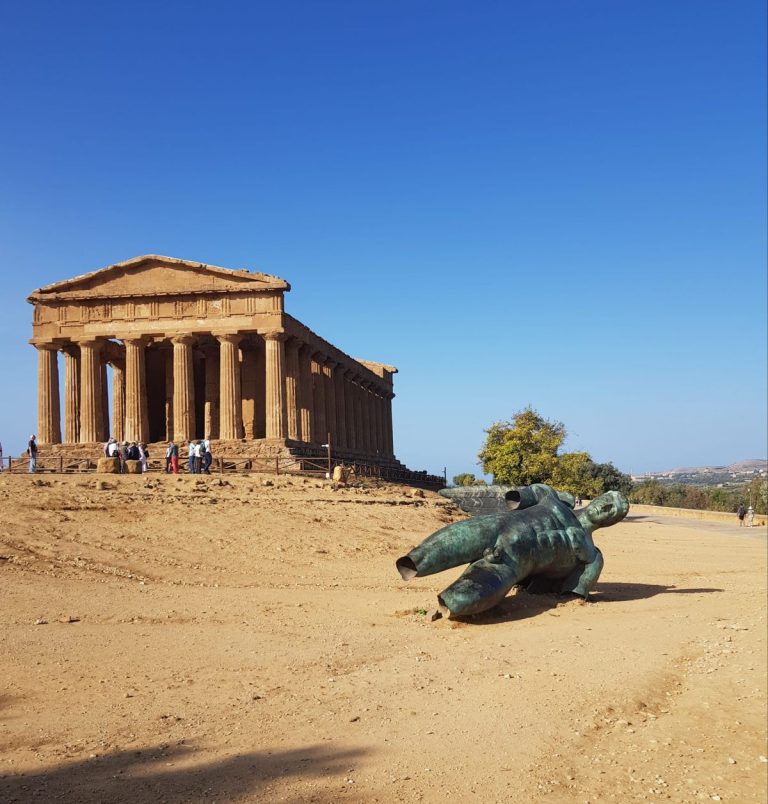
Valley of the Temples Agrigento
Sicily was known in ancient times as the “bellybutton of the Mediterranean” and its strategic position in the Med as well as the rich fertile volcanic soil made the island a prized land to conquer. Every invader left a piece of their culture, in the architecture, the language, the food, a tile without which the beautiful mosaic that is Sicily would not be completed.
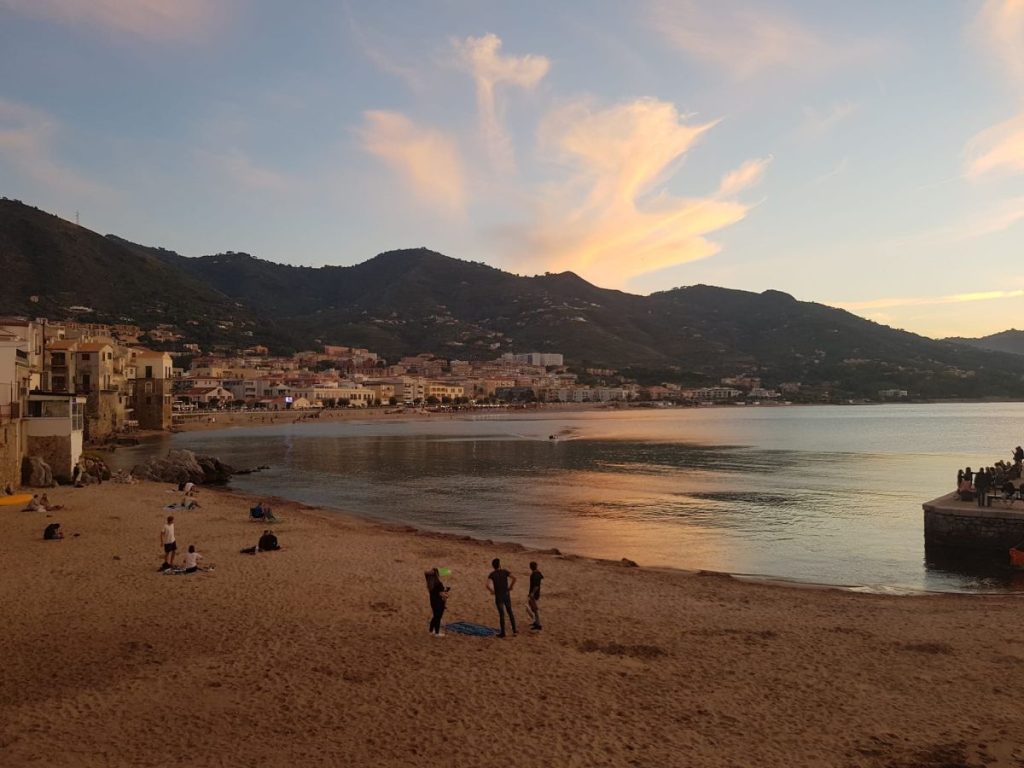
Cefalu’ beach at sunset
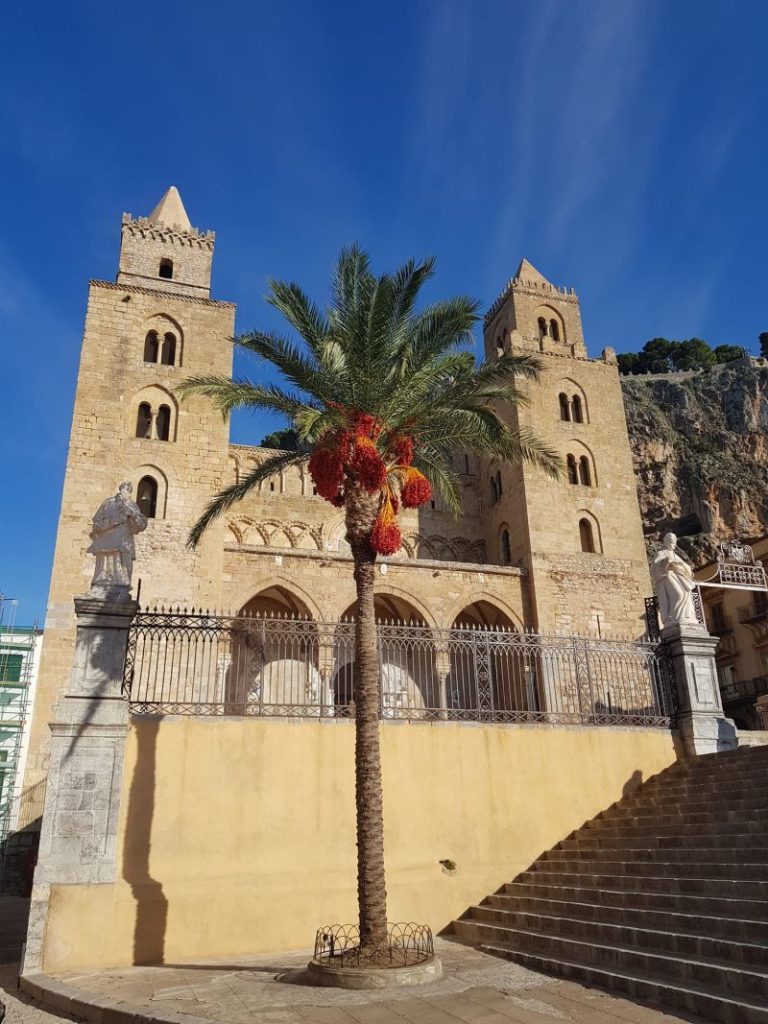
Cefalu’ cathedral
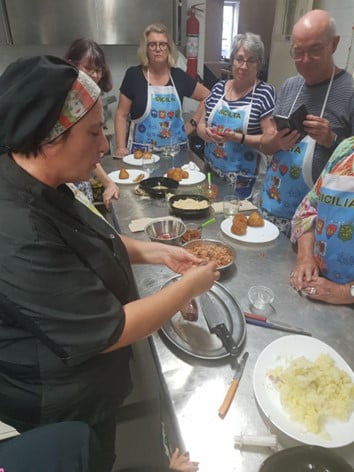
Making Arancini balls with Alessia (Arancino is from Catania)
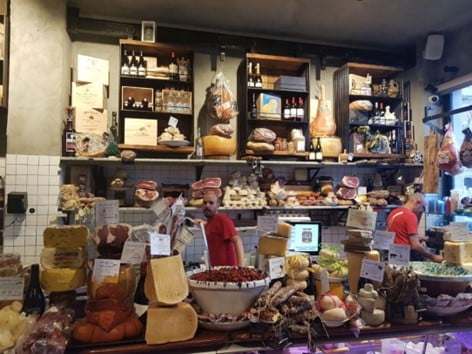
Fratelli Brugio Deli in Ortigia Siracusa
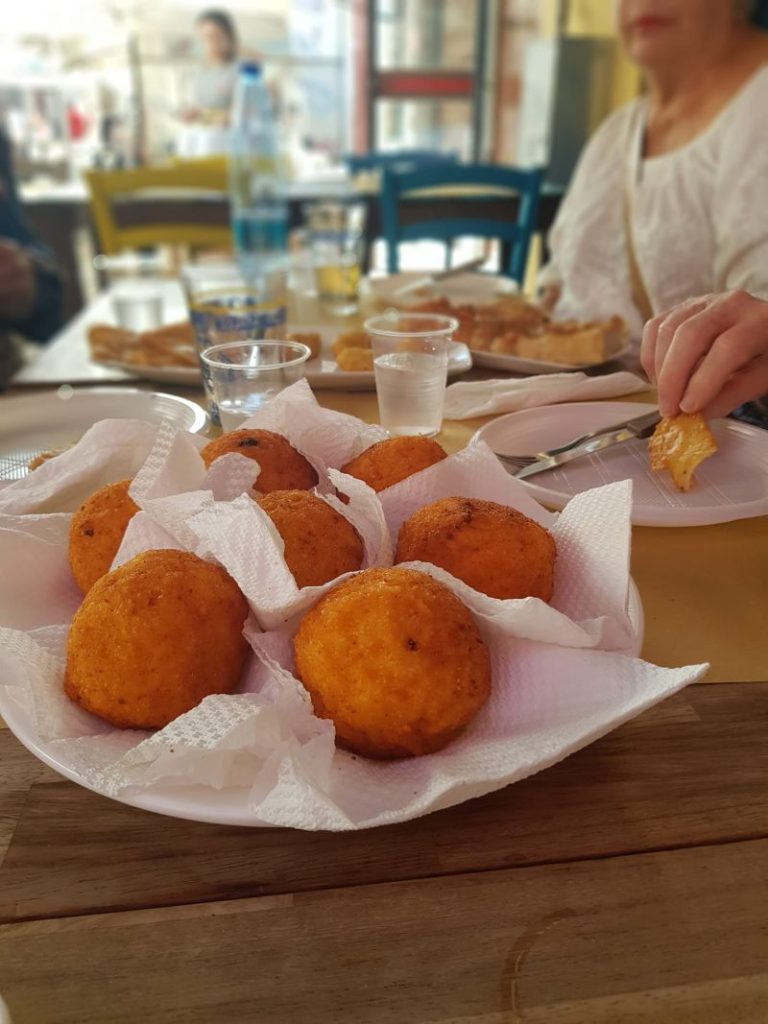
Arancine balls in Palermo market (Arancina is from Palermo)
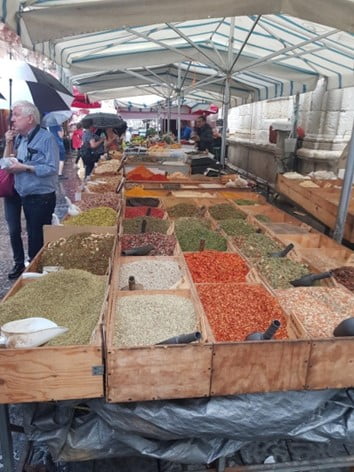
Ortigia Market in Siracusa
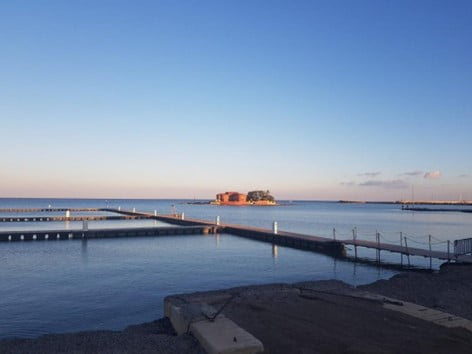
Sunset in Marzamemi
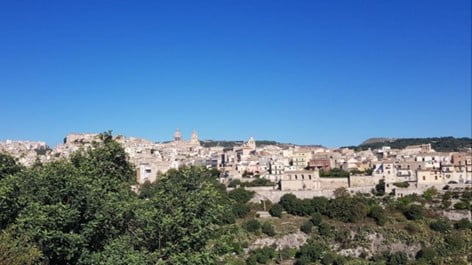
Ragusa



